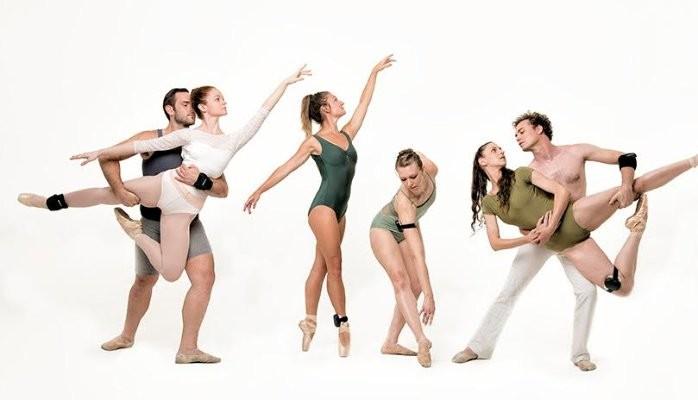Blog

To avoid opioid addiction, face pain like a dancer
In retrospect, we were an addicted nation waiting to happen.
Not from a self-indulgent culture, not from an unwillingness to suffer hardship, nor any of the recent criticisms of generational lack of grit. Truthfully, we are set up for addiction because we are an impatient culture that fears aging.
Pain = infirmity, infirmity = aging, aging = irrelevance. When a dancer feels pain, they dance through it while making a plan to move past it. They expect pain, and anticipate it will resolve without taking their livelihood with it. When our wrist aches or our knee creaks, our minds jump to the eventuality of the beginning of the end. Pills give instant reassurance that the pain won’t last, to let us ignore our mortality without the drudge of creating a coping plan.
From Prince to your neighbor or mom, most addiction starts with an injury or surgery. It’s important to distinguish ACUTE from chronic pain. Research shows that the more acute pain burn and trauma victims endure early on, the greater their long term recovery time and post-traumatic stress. Staying ahead of acute unexpected pain is critical, as the stress from severe untreated pain alters your perception pathways. To build better defenses, your body increases the ability to feel pain. Couple that with research from the 80’s and 90’s showing we underdose pain treatment in emergency settings, and it makes sense that no one gets out of a hospital without looking at goofy faces and contemplating the existential meaning of “my pain is a 6”.
The problem, however, is NOT how we treat acute pain. The problem is failing to transition after the acute phase to training away established pain. We confuse how we treat acute pain from pain that presents from a chronic issue. After the acute phase, rating a pain level is counterproductive. For chronic pain, we need a plan, not a pill. Pain causes fear. Fear is the little death. Pain is a cold breath of eternity, an aberrance to normal existence, the first step toward decrepitude and death. Goodness knows Americans aren’t comfortable with that.
Fortunately, what Americans are comfortable with is competition. We’re used to the idea that hard work pays off, and that toughness is a virtue. To combat opioid addiction, we need to acknowledge chronic pain as a natural part of life that we train away or learn to accept. Like anything else worth having, achieving pain relief is a process. Athletes change multiple variables to train away pain: change shoes, change workouts, change stretches, change therapies. Athletes will come back to different rollers, different massages, different ice regimens, even different coaches, to achieve optimal function. To a dancer, a runner, or any elite athlete, pain is a signal that something isn’t right and needs fixing.
Pain may be annoying, but it is not frightening because it’s expected. The problem with pain is the gut-twisting unspoken horror that pain may persist. The solution is to separate pain from the fear of perpetuity.
My research is on needle pain and the development of needle phobia. Without putting too fine a point on it, fear enhances pain. The fear + pain combo is a powerful adaptive technique to keep us safe, to make us loathe to enter situations that hurt us in the past. We value the ability to deal with minor pains – people are certainly proud of being able to give blood or handle a wasp sting without flinching. The problem is when these pains are relentless, an IV that just won’t go in, or a nest that keeps stinging. When pain is accompanied by a bit of panic, it overwhelms us. This is when popping a pill for a quick fix of coping becomes reinforced.
Picture pain management as a pyramid. The pinnacle is resolution of the physical problem. Sometimes this takes surgery, or a treatment, or time, but there aren’t too many options here. The next layer is pharmaceutical – it may be ibuprofen or an opioid, but again the options are limited. The base of the pyramid, though, is broad. From meditation to acceptance and commitment therapy to rollers, massage, chiropractors, ice, compression, acupuncture, heat packs, distraction or combinations, untried potential solutions are vast.
We need to understand pain as an inevitable challenge of living. It’s something to be worked through, a sign of active vitality, of risk taking, a message to change behavior, or an expected part of what will happen after surgery or an injury.
Just as we train to achieve a goal, we need to be prepared to train away the pain, or do what we love in spite of it.